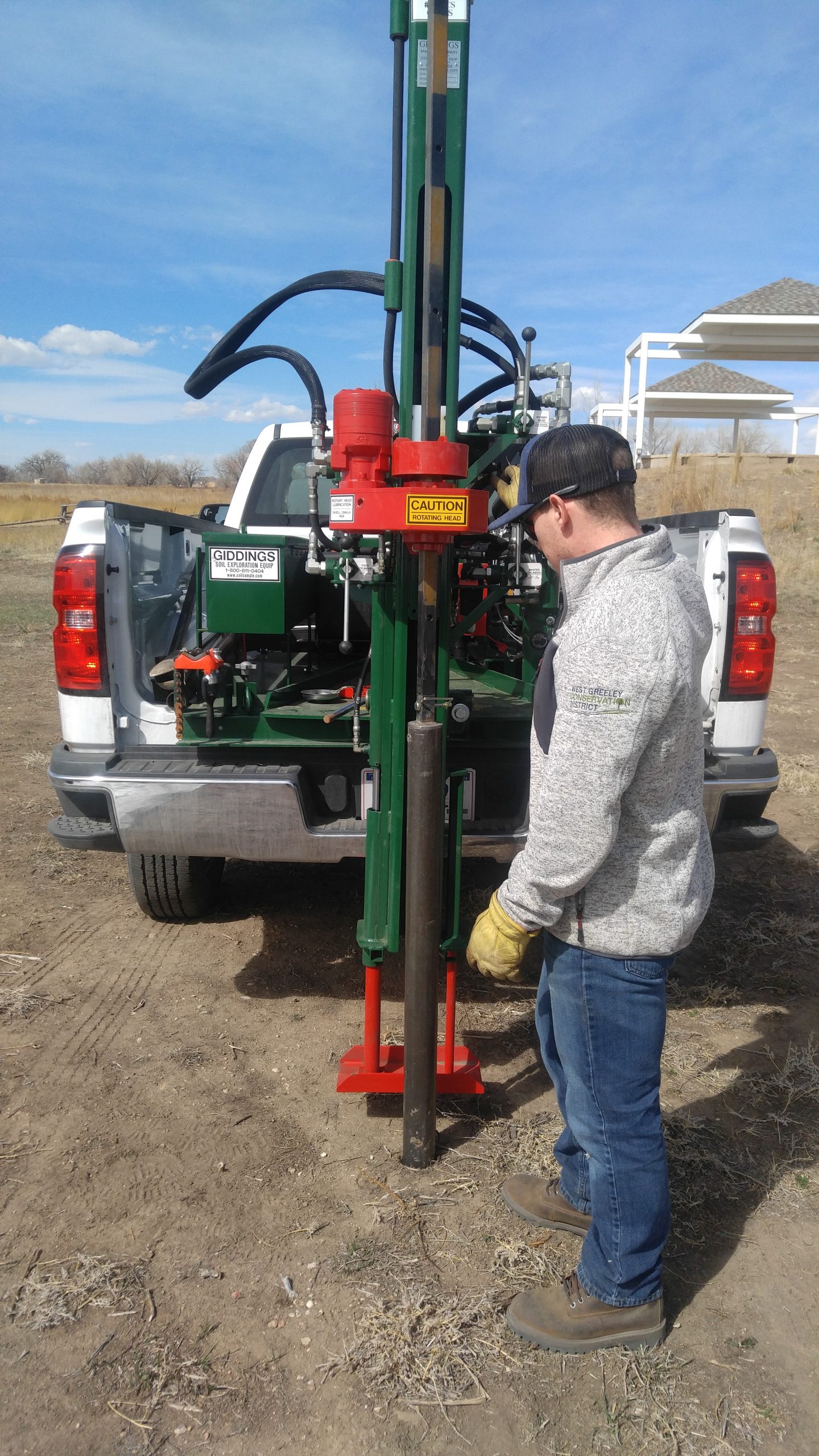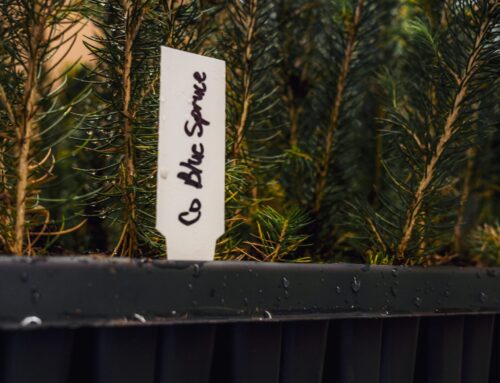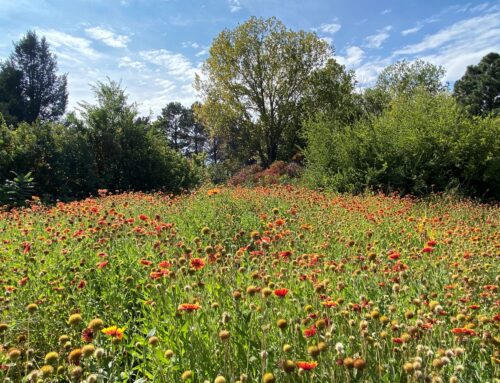The Poudre Learning Center (PLC) is an environmental education center located on the west end of Greeley, at the corner of F street and 83rd Avenue. It is a 65-acre property next to the Poudre River. It is a great spot for environmental studies, research projects, and educational opportunities.
Before the property became the PLC, however, it was owned by a gravel mining corporation called Hall-Irwin. Hall-Irwin donated the property in 1993 and the PLC opened in 2005, according to Ray Tschillard, PLC Director. Recently a group of graduate students from the University of Northern Colorado, Ryan Fitzsimmons, Katy Hosokawa, and Lilian (Gabby) Petty, completed a research project on Soil of the Poudre Learning Center. Their objective was to compare current soil type and health with past (1972 survey) soil type and health– before soil disturbance had occurred by gravel mining. Below is a summary of their findings.
The sample collection was done on March 16th, 2017. Ryan Fitzsimmons, Clark Harshbarger (NRCS), and Jasen Kettle (NRCS/West Greeley Conservation District) took samples at four different locations using a Giddings rig. Two samples were taken in a disturbed area and two were taken in an undisturbed area. Nineteen samples in total were collected and then taken to the geology lab at the University of Northern Colorado. There, the percent water, percent organic matter, and pH for each genetic horizon identified in the field were calculated.
What they found was that current soils at the PLC show some deviations and some similarities to the 1972 soil survey. The current soils show increased amounts of salts and clay compared to the 1972 survey. However, they also found that the soils display properties of aquolls and aquents which were in the 1972 survey. Interestingly, paleosols found in the soil horizons may indicate that the soils at the PLC were more affected by annual flooding than by mining. Furthermore, sites disturbed by mining have more organic matter content than the undisturbed sites likely because of vegetation which was planted after mining. These sites have had more restorative work done to bring them back to their natural states.
This research can be applied to homeowners, restoration, and others who have soil concerns. Soils that aren’t producing well or have poor organic matter can be recovered through correct management. It is recommended to remove invasive species and to plant native species. It is also important to keep sites undisturbed when possible and to keep soils covered to prevent erosion.





